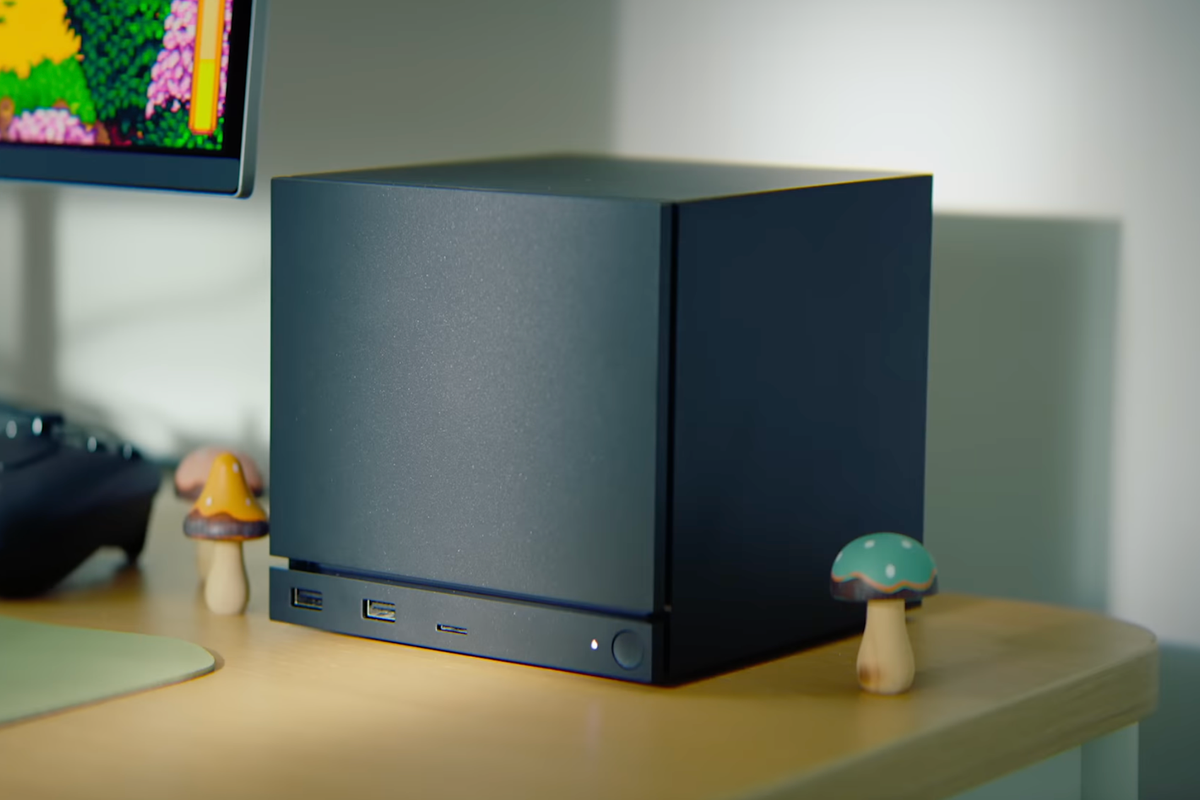Science & Tech
Gregory Robinson
May 26, 2025
Doctor reveals best time to brush teeth in the morning
Bang Showbiz - Bang Bizarre / VideoElephant
Humans developed teeth to chew food, right? Well according to fascinating new research linked to a 500-million-year-old fish, the true answer about the origin of human teeth may be more complex.
Our teeth help us chew and break down food into smaller pieces, making it much easier to digest. They also play a crucial role in maintaining the shapes of our faces. However the exact origin of teeth has long stumped scientists.
Before teeth as we know them formed, their precursors are thought to have been hard structures called odontodes. These structures first appeared on the external armour of the earliest fish from around 500 million years ago. Even today, sharks and stingrays are covered in unique, tooth-like structures called dermal denticles.
But why did these tiny external tooth-like structures develop?
Some theories suggest it was added protection against predators, while others claim it helped ancient creatures move through the water.
However a new study published in the journal Nature and led by Yara Haridy, a postdoctoral researcher at the University of Chicago, supports the theory that external teeth were used as sensory organs, which transmitted sensations to nerves. These early teeth eventually evolved into the chompers we have today.

Haridy was originally researching the oldest fossil of an animal with backbone, rather than the origin of teeth, and her research eventually led her to focus on dentin, the inner layer of teeth that helps transmit sensory information, such as temperature changes and pain, to the nerves inside the tooth’s pulp.
The exoskeleton of a fossil called Anatolepis has pores beneath the odontodes called tubules that suggest they once contained dentin. Despite once being thought to be the earliest known fish, Anatolepis’ rank was changed to an invertebrate. Haridy compared it to other species and found its tubules resemble sensory organs called sensilla of arthropods, which include modern crabs, scorpions, and spiders. These creatures use sensilla to percieve temperature, vibration and smell.
"We performed experiments on modern fish that confirmed the presence of nerves in the outside teeth of catfish, sharks and skates," Haridy told AFP.
"Arthropods and early vertebrates independently evolved similar sensory solutions to the same biological and ecological problem."
Fish eventually evolved jaws as it “became advantageous to have pointy structures” near the mouth.
"Little by little some fish with jaws had pointy odontodes at the edge of the mouth and then eventually some were directly in the mouth," she said.
"A toothache is actually an ancient sensory feature that may have helped our fishy ancestors survive!"
So, the next time you have a toothache, remember it could have been the way ancient fish experienced a life-saving SOS signal.
Why not read:
- Tibetan Plateau residents show how humans are still evolving today
- Scientists reveal 'hidden chapter' in human evolution - and it's changed everything we know about our history
Sign up for our free indy100 weekly newsletter
How to join the indy100's free WhatsApp channel
Have your say in our news democracy. Click the upvote icon at the top of the page to help raise this article through the indy100 rankings
Top 100
The Conversation (0)














